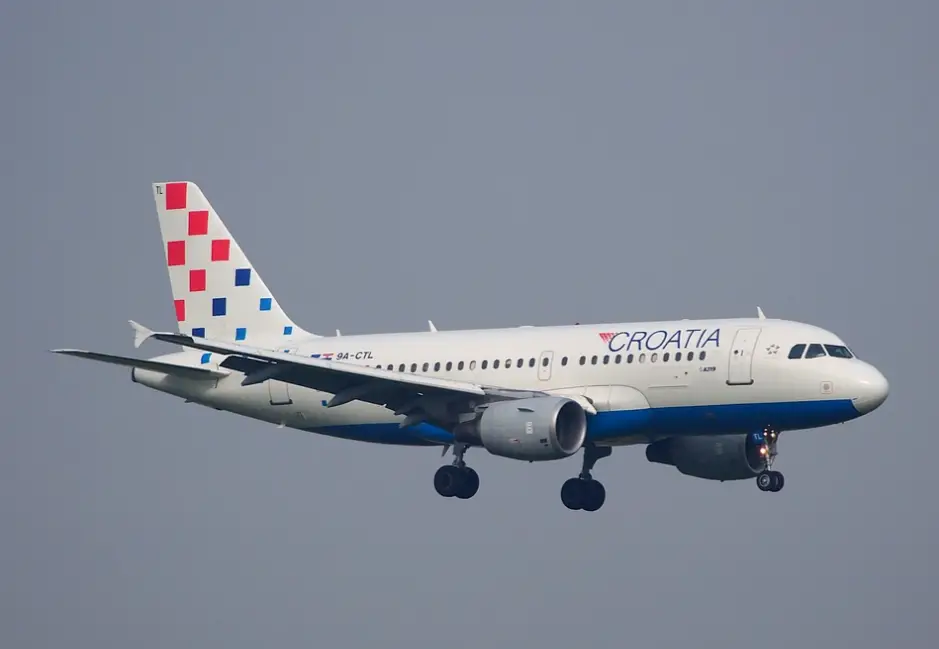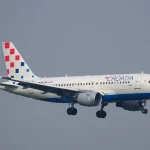
Due to the collapsed operations of Zagreb’s Franjo Tudjman Airport as a result of the coronavirus pandemic, there was immediate speculation that the concession agreement might be terminated, leaving a 196 million euro loan on the back of the state. Croatian airports on the whole have suffered catastrophic losses.
As Poslovni Dnevnik writes on the 16th of August, 2020, on average, 94 percent fewer passengers passed through Croatian airports in June than at the same time last year. Globally, air traffic fell nearly 97 percent in June. Croatia’s main airport, Zagreb Airport, was eerily empty in early April. Four months later, however, there’s a slightly more positive picture.
“In July, we recorded 78,000 passengers, which is still at about 21 percent of what it was when compared to July last year, a slight increase has been felt in August, but we’re somewhere at 25 percent of passenger traffic in this period,” said Lidija Capkovic-Martinek, a spokeswoman for Zagreb’s Franjo Tudjman International Airport.
As stated, due to the collapsed operations of Zagreb Airport as a result of the coronavirus pandemic, there was immediate speculation that the concession agreement might be terminated, leaving an enormous loan on the back of the already enfeebled state. However, such a scenario has been vehemently rejected by the competent Ministry.
“Throughout this crisis, the main topic of conversation between the representatives of the concession grantor and the concessionaire were possible measures to ensure the long-term survival of this project throughout the concession, and there was no discussion on the possible termination of this concession agreement,” the ministry said.
The 2012 concession agreement prescribes the conditions and circumstances under which both the concession grantor and the concessionaire may terminate the contract in the event of force majeure. Air traffic in Croatia, on the other hand, currently depends mostly on the national airline, Croatia Airlines.
“Planes fly from Zagreb to fourteen European destinations and five Croatian airports. We connect Split Airport with eleven European destinations, Dubrovnik Airport with seven European destinations and Rijeka Airport with Munich,” said Slaven Zabo, Director of Commercial Affairs of Croatia Airlines.
The most traffic of all Croatian airpotts was recorded by Zagreb Airport, which still suffered a drop of 87 percent. They are followed by the airports of Split and Rijeka with a respective drop of 95 percent in traffic. Dubrovnik, as a well-known air destination, has experienced a drop of 97 percent, with Zadar seeing a 98 percent drop. The worst of all Croatian airports is Pula Airport with a tragic drop of 99 percent.
For more on Croatian airports and travel to, from and within Croatia during the coronavirus era, follow our travel page.
For the latest travel info, bookmark our main travel info article, which is updated daily.
Read the Croatian Travel Update in your language – now available in 24 languages
Join the Total Croatia Travel INFO Viber community.








